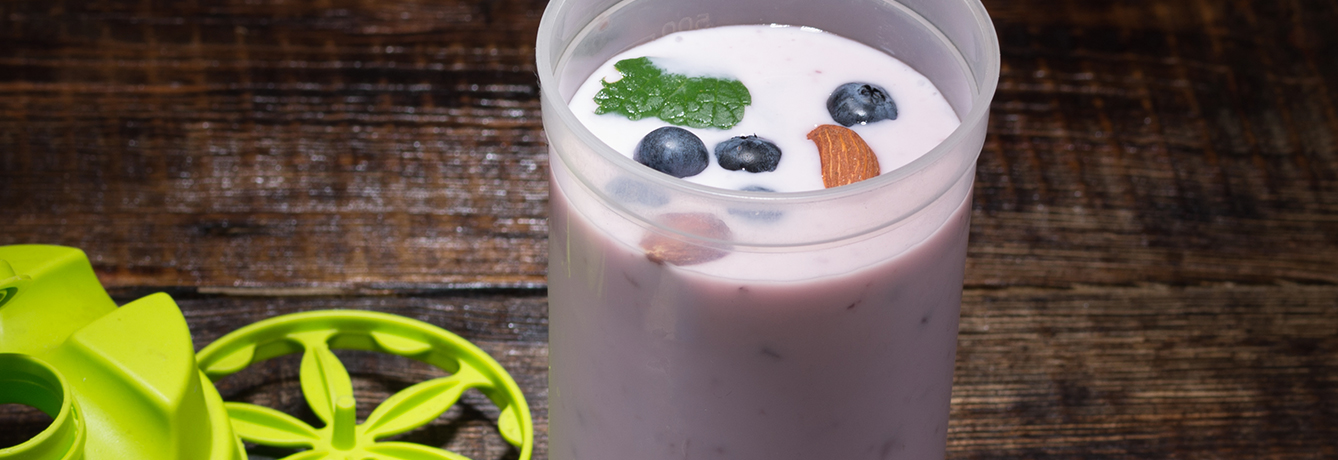“Gut permeability,” “leaky colon,” “hot gut”– none of these terms conjure up conditions you’d think to put on your wish list. The colon carries digested food away from the stomach and towards the exit, so “leaking” would be the very last thing you’d want your colon to do, right? Well, it turns out the mechanics of metabolism are not quite as conventionally believed, and the colon might play a much greater role as the delivery vehicle of vital nutrition.
Scientists were investigating the efficacy of a protein drink infused with blueberry and green tea polyphenols as an alternative to taking NSAIDs (nonsteroidal anti-inflammatory drugs) to reduce inflammation and oxidative stress associated with extreme exercise. But the study led to unanticipated discoveries about how exercise amps up the absorption of nutrients via the colon versus other intestinal real estate.
During a two-week study, long-distance runners were given either an infused soy protein complex or just a protein complex. The runners ingested the soy protein complex twice a day, including the three days that they ran for two-and-a-half hours. Each dose of the infused complex included the equivalent of consuming three cups of blueberries and just over a cup of brewed green tea.
What resulted was the first evidence in a human clinical trial of enhanced polyphenolic absorption through the colon, rather than through the small intestine, following exercise. In addition, runners in the treatment group experienced increased fat oxidation 14 hours after exercise. The findings were published in PLOS ONE by David C. Nieman, Dr. P.H., FACSM, Director of the Appalachian State University Human Performance Laboratory in the College of Health Science; Mary Ann Lila, Ph.D., Director of the North Carolina State University Plants for Human Health Institute; and Nicholas Gillitt, Ph.D., Vice President, Dole Food Company, and Director of the Dole Nutrition Research Lab.
“Everybody thinks polyphenols get through by being absorbed in the small intestine, classic bioavailability if you like, but research shows hardly any polyphenols get through that way,” said Gillitt. “What we have observed is that they actually make it further down into the colon and get into the system that way. It is an alternative explanation to why these compounds might be in concentrations that could be beneficial to the body.” Dr. Gillitt added that the trials show that, “When you eat fruits and vegetables, these compounds can flood into the system, even if it is not by the classic way everyone thought they did.”
While the athletes in the experiment exercised at extreme levels–the kind of exertion that can actually compromise immunity and increase oxidative damage–the takeaway is relevant for the rest of us: “If you are willing to exercise hard enough to sweat, gut permeability increases, and you get more of these beneficial compounds coming back into your body,” observed Dr. Nieman.
What more delicious way to ingest these beneficial compounds than blueberries, which we celebrate during July which is National Blueberry Month. An excellent source of vitamin C, vitamin K, manganese and a good source of fiber–with just 80 calories a cup–blueberries, according to the USDA, ranked eighth out of over 100 common foods (per serving) in total polyphenol capacity. Tufts University has found that blueberries may slow, and even reverse, age-related brain decline in animal studies. The same scientists believe blueberries could someday protect astronauts against the radiation-induced free-radical damage experienced during extended space flight. Blueberries for dessert might offset the increase of free radicals and drop in antioxidant levels after an overindulgent meal.
Blueberry bonus: Like their little red cousin, the cranberry, blueberries contain compounds that may help ward off urinary tract infections. For a seasonal way to serve up these beneficial berries, try Dole’s spectacular Summer Peach Blueberry Salad.
Published July 1, 2014



